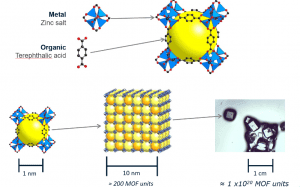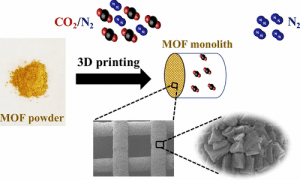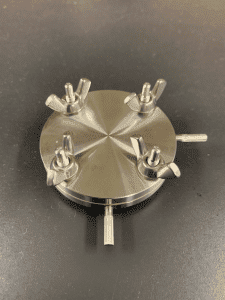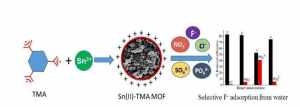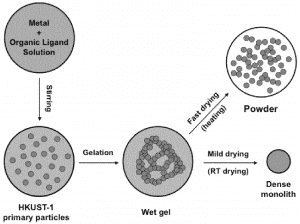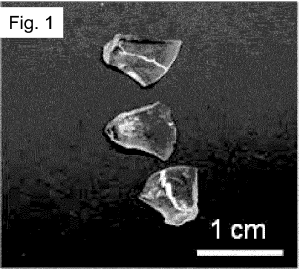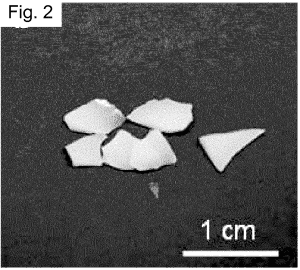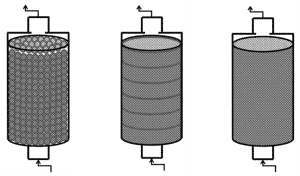Introduction
According to Professor Mark Miodownik of University College London, innovation of materials in the 20th century was about how materials work, their inside structures, and their properties. However, innovation in the 21st century is about applying this knowledge to enable significant progress to solve problems pertaining to various fields such as energy, biomedical, environment, etc.1
In this context, Metal-organic frameworks (MOFs) armoured with novel functionalities are re-emerging as much sought-out green materials. The term MOF was coined by Omar Yaghi in 1995. MOFs consist of both organic and inorganic building entities, where extended framework is created by the coordination of organic ligands and metal ion clusters. The frameworks are rigid enough to form internal voids after solvent removal, forming structures with high porosity, and possess a surface area of up to ~ 7000 m2g-1.2

